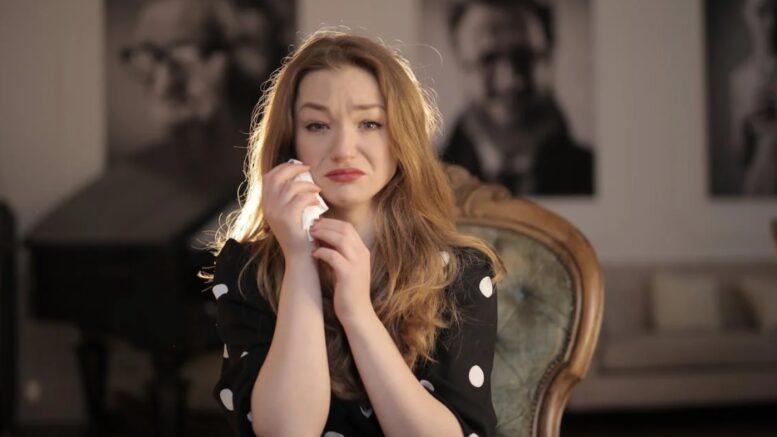Hair loss, which is medically referred to as alopecia, is a common health concern that affects both men and women. It can significantly impact one’s self-esteem and confidence.
According to the National Alopecia Areata Foundation, alopecia impacts the lives of over six million people in the US alone. Globally, 160 million people have had, are dealing with, or will experience alopecia at some point in their lives.
While hair loss can have various underlying causes, finding an effective treatment option is crucial for those seeking to restore their hair and regain their self-assurance. Fortunately, several medically-approved treatments have shown promising results in combating hair loss.
In this article, we will explore some of these treatments, ranging from medications to innovative therapies that offer hope to individuals experiencing hair loss.
#1 Finasteride
Finasteride, commercially known as Propecia or Proscar, is an oral medication approved by the FDA to treat male pattern hair loss. It is most effective for men with mild to moderate male pattern baldness, and its success rate is high among users.
Since Finasteride can lead to side effects like reduced libido and erectile dysfunction, consult a healthcare professional before opting for it. Pregnant women should avoid handling Finasteride. That’s because it can cause potential birth defects in male fetuses.
#2 Platelet-Rich Plasma (PRP) Therapy
According to Hair Transplants New York, PRP therapy is a three-step procedure when it comes to hair loss treatment. Here, your blood is extracted, then purified and injected into your scalp. The plasma’s natural color is what makes it easy to observe as separation takes place during centrifuge.
Platelets contain various growth factors that can stimulate hair follicles, potentially leading to hair regrowth and increased hair thickness. PRP therapy is particularly effective for individuals experiencing early stages of hair loss or as a complementary treatment to other approaches.
Take this example of a woman in NYC struggling with PCOS and hair loss since 19 years of age. After seeking PRP hair restoration in NYC from a local doctor, her hair now looks phenomenal. Five treatments were all it took for her hair to feel more voluminous, long, and healthy. If PRP therapy can help thousands of others every year, there’s no reason why it won’t do the trick for you too.
#3 Hair Transplantation
This surgical procedure involves harvesting hair follicles from areas of the scalp with healthy hair growth and transplanting them to areas with thinning or no hair. According to ISHRS data, in 2021 alone, more than 700,000 patients underwent hair transplant surgeries in the US. Every year, as this treatment becomes more accessible, more and more people are opting for hair transplantation.
Follicular unit extraction (FUE) is the best hair transplantation anyone can opt for. This innovative hair transplant procedure helps restore hair for both men and women suffering from hair loss. FUE will use your own hair follicles to restore your youthful hairline.
This procedure is highly effective for individuals with male or female pattern baldness and can provide long-lasting, natural-looking results. NY local Rypom’s case explains it best. Seeking a New York FUE hair transplant treatment for three weeks, his hair now looks as natural as ever. That’s how smooth the procedure is.
#4 Low-Level Laser Therapy (LLLT)
Low-level laser therapy (LLLT), also known as red light therapy or cold laser therapy, is an innovative non-invasive treatment for hair loss. It involves using a specialized device that emits low-level laser light directly onto the scalp, stimulating hair follicles and promoting hair growth. In some cases, red light therapy beds are used to administer this treatment, providing a comfortable and convenient way to experience its benefits.
LLLT has led to promising results in clinical trials for both men and women who have been experiencing androgenetic alopecia. The laser light helps energize the cells that exist within the hair follicles. This, in turn, triggers an increase in the production of adenosine triphosphate (ATP), which is essential for cellular function and hair growth.
LLLT is a safe and painless treatment. It has minimal side effects, making it an attractive option for those seeking an alternative to medications or surgical procedures.
Conclusion
The Jerusalem Post reports that around 1 in 50 people around the world will suffer from alopecia at some point in their life. Both men and women are at risk of developing alopecia at any age. If you, too, end up with this health problem, the above-mentioned treatments can help you fix it. Just make sure you consult a professional to determine which treatment plan is best for you.
